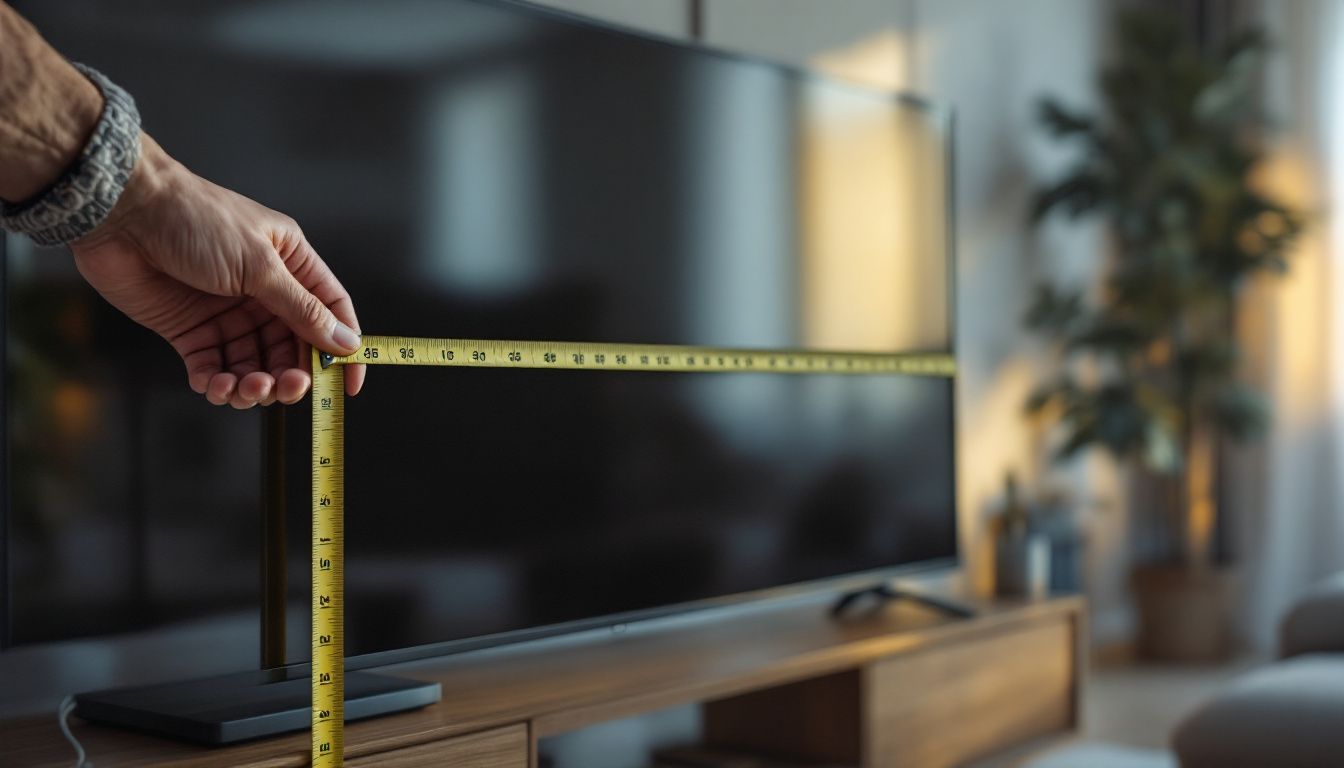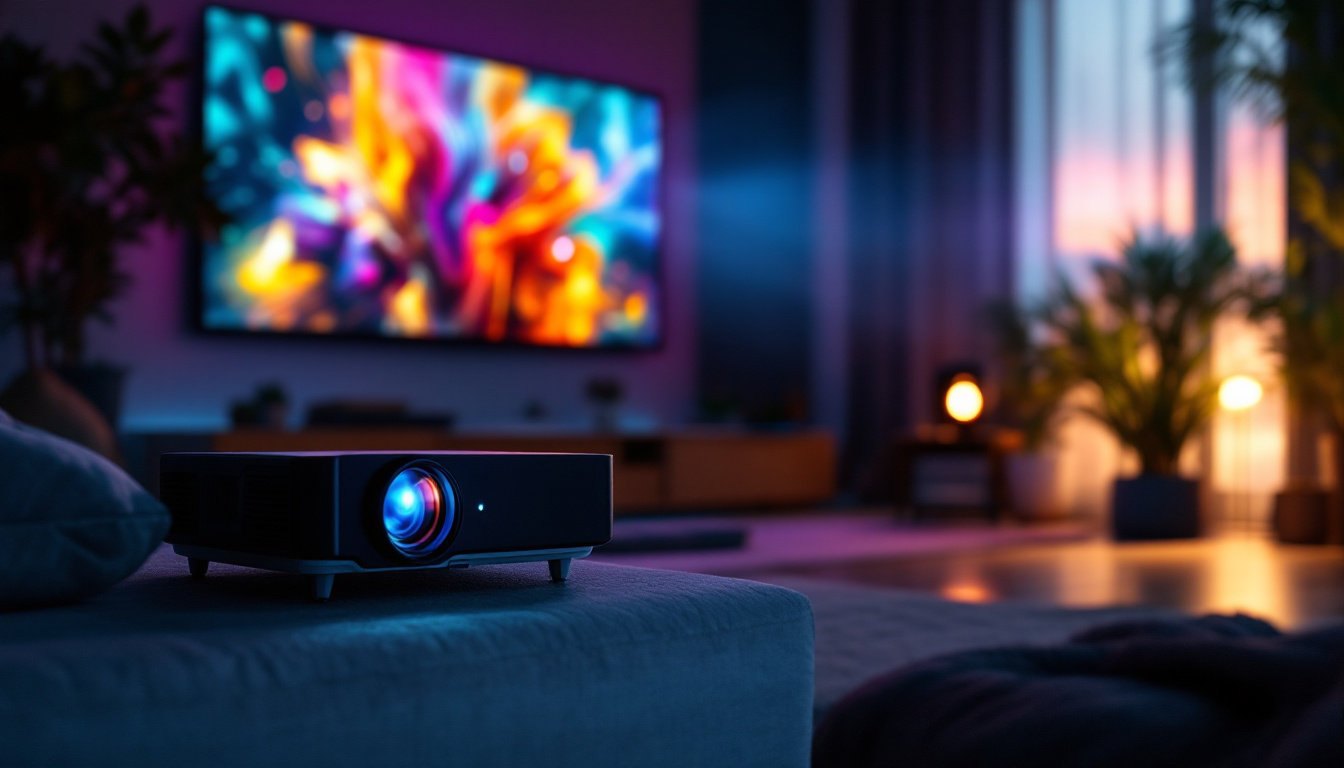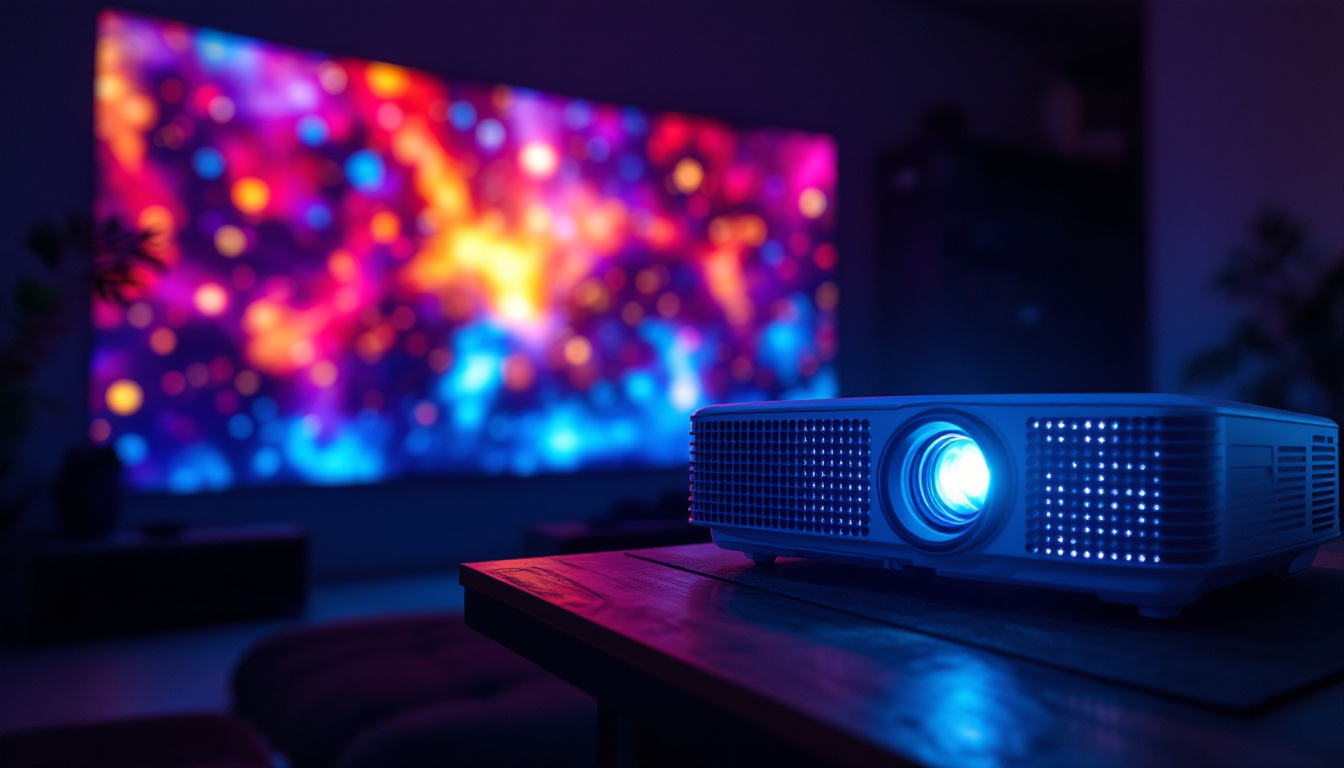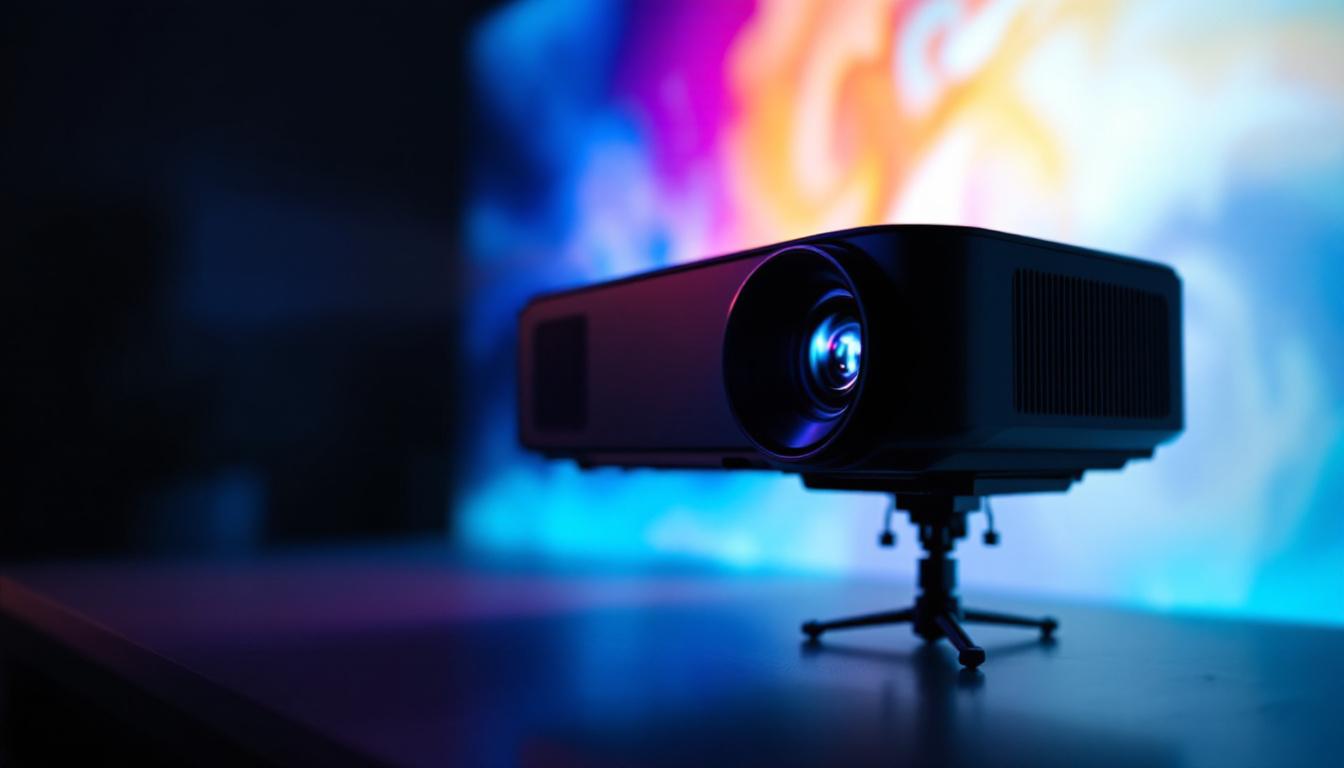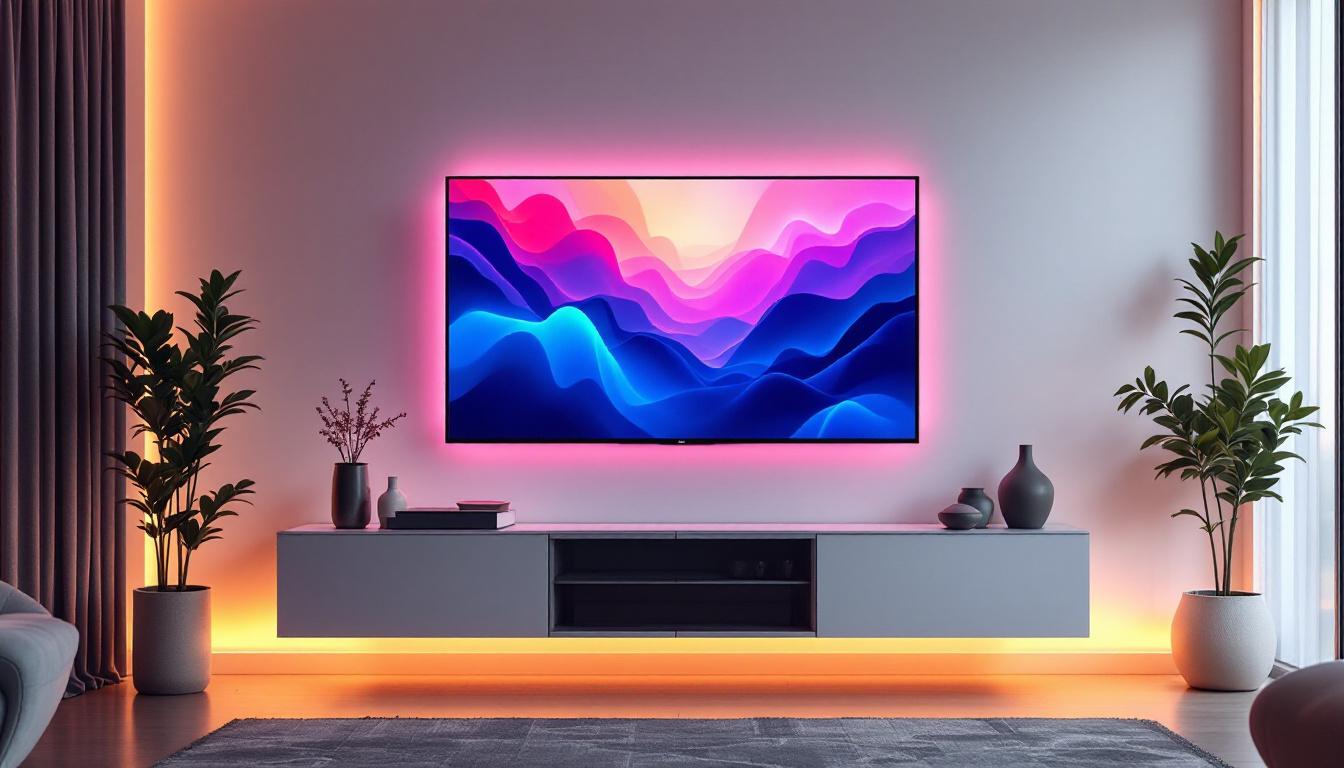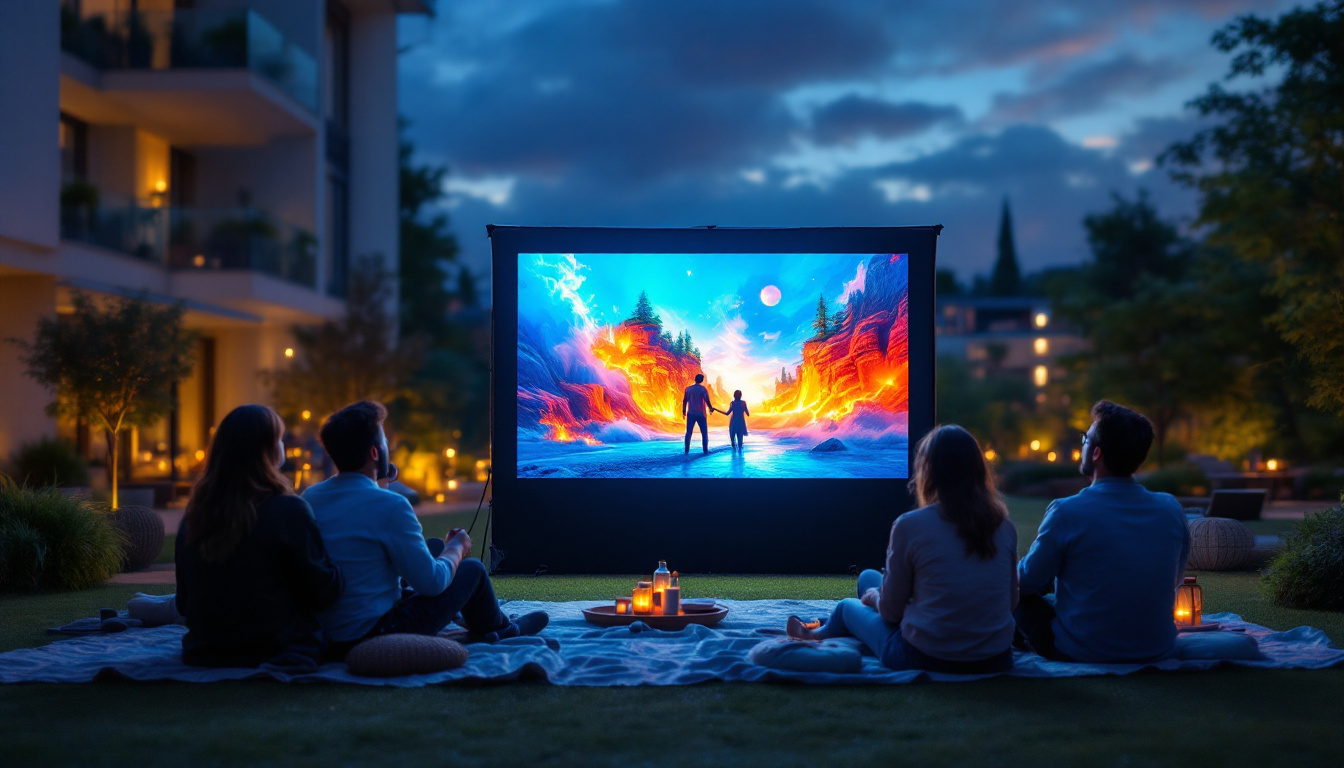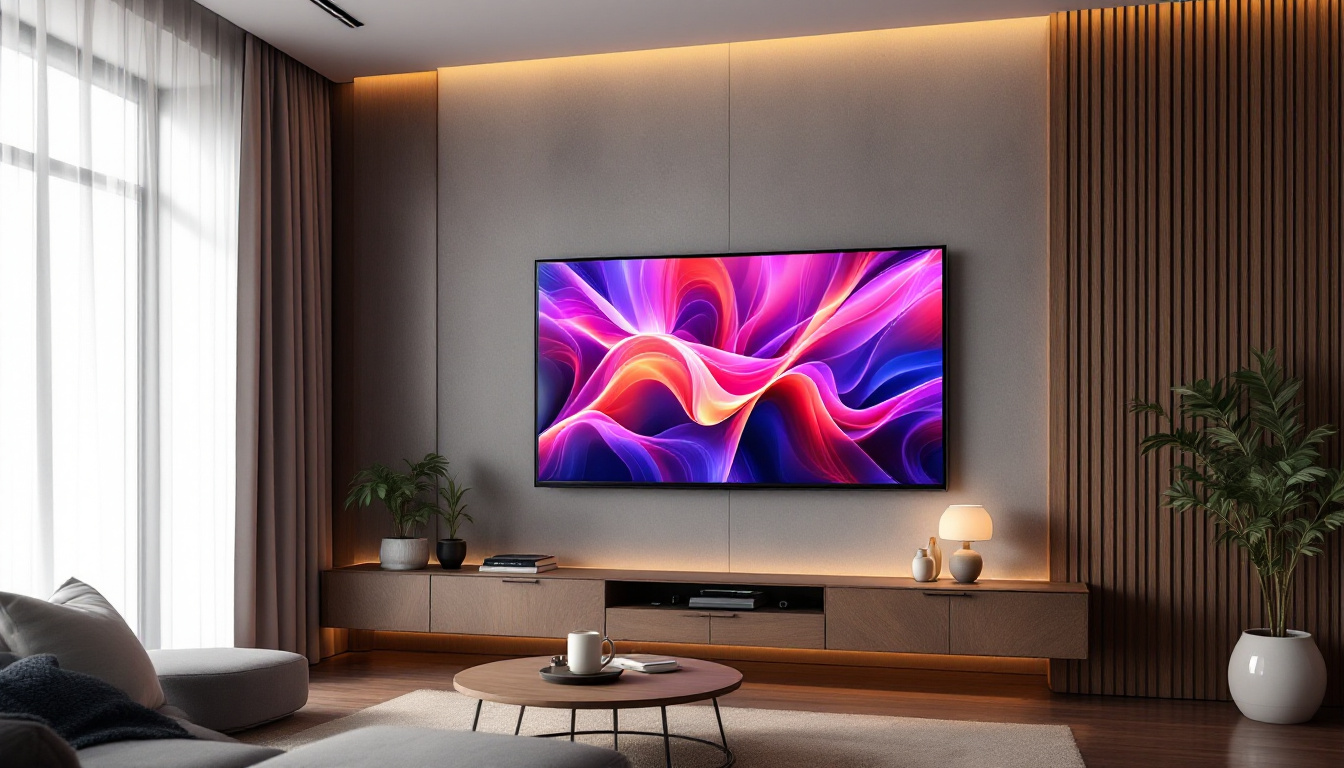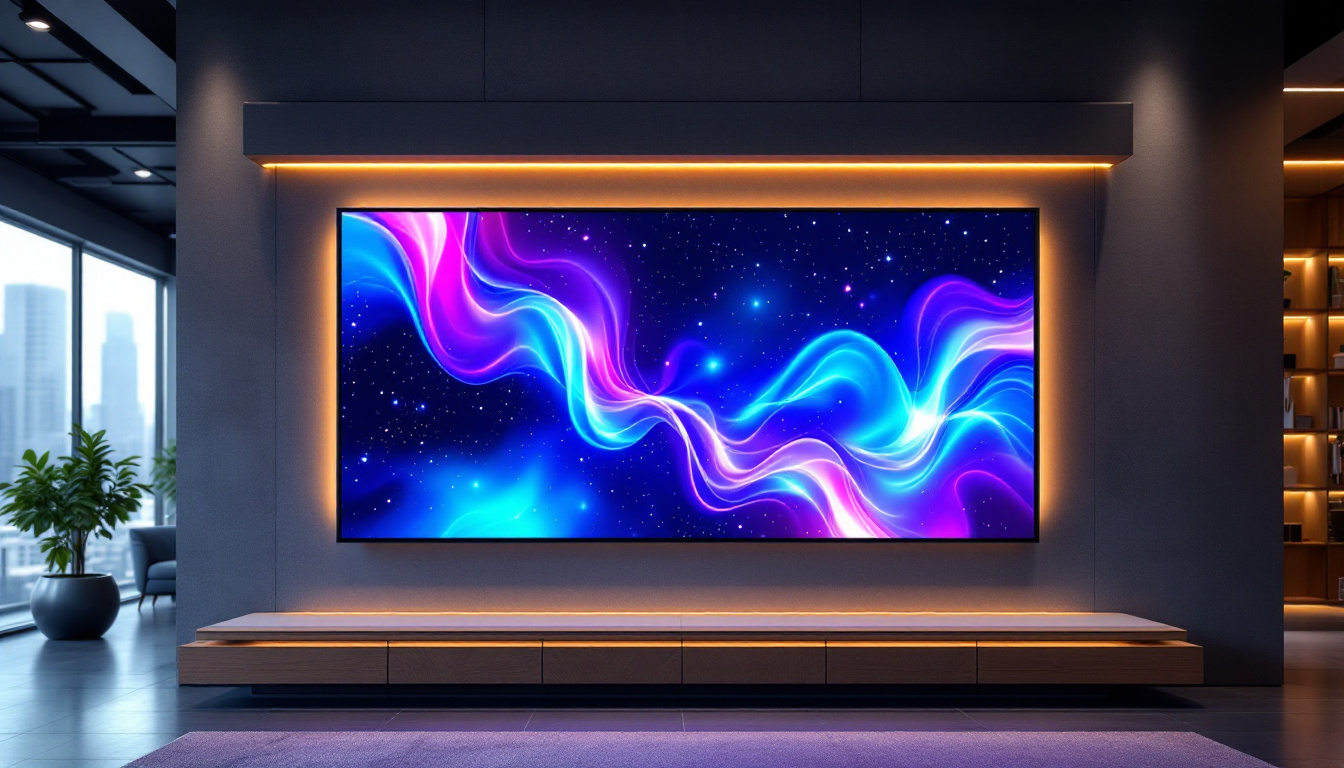How Do I Measure A Flat Screen TV: LED Display Explained
In today’s world of home entertainment, flat screen TVs have become a staple in living rooms, bedrooms, and even kitchens. With a variety of sizes and technologies available, understanding how to measure a flat screen TV, particularly LED displays, is crucial for making an informed purchase. This article will guide you through the process of measuring your TV, the different types of LED displays, and essential considerations to keep in mind.
Understanding TV Screen Sizes
When it comes to flat screen TVs, size is often one of the most important factors for consumers. The size of a TV is typically measured diagonally from one corner of the screen to the opposite corner. This measurement is expressed in inches and is a key specification that influences buyer decisions.
Diagonal Measurement
The diagonal measurement is the standard way to denote the size of a television. For example, a 55-inch TV means that the distance from the bottom left corner of the screen to the top right corner is 55 inches. It is important to note that this measurement only accounts for the screen itself, excluding the bezel or frame surrounding it.
To measure the diagonal size of a TV, use a tape measure and ensure that you start from one corner of the screen and extend it to the opposite corner. This straightforward method will give you the accurate size of the display you are considering. Understanding this measurement is crucial, as it helps consumers visualize how the TV will fit into their living space, whether it be a cozy apartment or a spacious home theater.
Width and Height Measurements
While the diagonal measurement is essential, width and height are also critical, especially when determining if a TV will fit in a specific space. The width is measured from one side of the screen to the other, while the height is measured from the bottom to the top.
To measure these dimensions, place the tape measure horizontally for the width and vertically for the height. It’s advisable to measure the TV while it is lying flat, as this will provide the most accurate readings. Additionally, consider the stand or mounting bracket if applicable, as these can add to the overall height of the TV. Knowing the width and height can also help in selecting the right furniture or wall mount, ensuring that the TV is both aesthetically pleasing and functional in the intended space.
Furthermore, it’s worth noting that different aspect ratios can affect how a TV’s size is perceived in a room. Most modern TVs have an aspect ratio of 16:9, which is ideal for watching movies and TV shows. However, if you’re considering a TV for gaming or specific types of content, you may want to explore models with different aspect ratios. Understanding how these dimensions work together can significantly enhance your viewing experience, allowing you to choose a screen size that complements your lifestyle and viewing habits.
Types of LED Displays
LED TVs are a popular choice among consumers due to their energy efficiency and superior picture quality. However, not all LED displays are created equal. Understanding the different types of LED technologies can help you make a more informed decision when purchasing a new flat screen TV.
Standard LED
Standard LED TVs use a backlighting technology that illuminates the screen from behind. This type of display offers good brightness and color accuracy, making it suitable for a variety of viewing environments. Standard LED TVs are typically more affordable than their counterparts, making them a popular choice for budget-conscious consumers.
Additionally, standard LED displays are often equipped with features such as local dimming, which enhances contrast by adjusting the backlight in specific areas of the screen. This can significantly improve the viewing experience, especially in darker scenes. Furthermore, many manufacturers are now incorporating smart technology into standard LED TVs, allowing users to access streaming services and apps directly from their devices, thus enhancing their entertainment options without the need for additional hardware.
QLED and OLED
QLED (Quantum Dot LED) and OLED (Organic Light Emitting Diode) are two advanced technologies that have gained popularity in recent years. QLED TVs utilize quantum dots to enhance color and brightness, providing a vibrant viewing experience. On the other hand, OLED displays offer superior contrast and deeper blacks because each pixel emits its own light, allowing for more precise control over brightness.
While both technologies offer exceptional picture quality, they come with a higher price tag. Consumers should weigh their options based on budget and viewing preferences. QLED TVs are particularly well-suited for bright rooms due to their high brightness levels and anti-reflective coatings, making them ideal for daytime viewing. Conversely, OLED TVs excel in dimly lit environments, where their ability to produce true blacks can create a more immersive experience. Additionally, both QLED and OLED displays are increasingly being designed with thinner profiles and sleek aesthetics, making them not only functional but also stylish additions to modern home decor.
Measuring for TV Placement
Once you have determined the size of the TV you want, the next step is to ensure that it will fit in your desired location. Proper placement is crucial for both aesthetics and functionality, as it can affect viewing angles and comfort.
Choosing the Right Location
When selecting a location for your flat screen TV, consider factors such as the distance from seating, lighting conditions, and wall space. A common rule of thumb is to sit at a distance that is 1.5 to 2.5 times the diagonal size of the screen. For example, if you have a 55-inch TV, the ideal viewing distance would be between approximately 6.5 to 11.5 feet.
Additionally, take note of any windows or light sources that may cause glare on the screen. Ideally, the TV should be positioned away from direct sunlight to enhance the viewing experience. You might also want to consider the layout of your room; for instance, placing the TV in a corner can sometimes allow for a more immersive experience, especially in larger spaces. Furthermore, think about the overall flow of the room—ensuring that the TV does not obstruct pathways or create an awkward viewing angle is essential for both comfort and safety.
Mounting vs. Stand
Another consideration is whether to mount the TV on the wall or place it on a stand. Wall mounting can save space and create a sleek look, but it requires precise measurements to ensure the TV is at eye level when seated. On the other hand, using a stand allows for more flexibility in positioning but may take up additional floor space. If you opt for a stand, consider one with built-in storage options to help organize your media devices and accessories, keeping your area tidy and functional.
Regardless of the option chosen, ensure that the TV is securely fastened and that any cables are neatly managed to prevent clutter. Additionally, think about the future; if you plan to upgrade to a larger TV or add other devices later, it may be wise to choose a mounting solution that can accommodate those changes. Investing in a quality mount or stand can provide peace of mind, knowing that your TV is safe and that your viewing setup can evolve with your needs.
Additional Considerations When Measuring
While measuring the TV itself and considering placement are essential, there are additional factors to keep in mind that can affect your overall experience.
Consider the Bezel Size
The bezel is the frame that surrounds the screen, and its size can vary significantly between models. A thinner bezel can create a more immersive viewing experience, as it allows for a larger screen area in a given size. When measuring, be sure to account for the bezel, especially if you are limited on space. Additionally, a smaller bezel can enhance the aesthetic appeal of your setup, making it feel more modern and streamlined. This is particularly important in open-concept living spaces where the TV is a focal point; a sleek design can complement your decor and create a cohesive look.
Check for Cable Management Options
Many modern flat screen TVs come with built-in cable management systems that help keep cords organized and out of sight. When measuring for placement, consider how the TV will connect to other devices, such as gaming consoles or streaming devices, and ensure there is enough space for cables to run smoothly. Furthermore, think about the type of furniture or wall mounts you will be using. Some TV stands offer hidden compartments for cable storage, while wall mounts may have integrated channels for running cables behind the wall. This not only enhances the visual appeal of your setup but also minimizes the risk of tripping hazards and makes cleaning around the TV area much easier.
Evaluate Viewing Angles
Another crucial aspect to consider is the viewing angle, which can significantly impact your viewing experience. Most TVs have optimal viewing angles, typically around 30 degrees to either side of the center. If you plan to have multiple seating areas in the room, make sure to measure the distance and angle from each spot to the TV. This will help you determine the best placement to ensure everyone can enjoy the picture quality without distortion. Additionally, if you have a larger room, consider investing in a TV with wide viewing angles or a curved screen, which can help mitigate the effects of off-axis viewing.
Conclusion
Measuring a flat screen TV, particularly an LED display, involves more than just determining the diagonal size. By understanding the various types of LED technologies, measuring for placement, and considering additional factors such as bezel size and cable management, consumers can make informed decisions that enhance their home entertainment experience.
Whether you are upgrading your current TV or purchasing your first flat screen, taking the time to measure accurately and consider all aspects will ensure that you select the perfect model for your needs. With the right measurements and considerations, enjoying your favorite shows and movies on a stunning LED display can become a reality.
Discover the Perfect LED Display with LumenMatrix
Ready to elevate your viewing experience with a flat screen TV that offers unparalleled clarity and vibrancy? Look no further than LumenMatrix, a pioneer in LED display technology. Our extensive range of solutions, from Indoor LED Wall Displays to Custom LED Displays, is designed to meet your every need and transform your space into a dynamic visual haven. Don’t just watch—immerse yourself in the brilliance of LumenMatrix displays. Check out LumenMatrix LED Display Solutions today and step into the future of home entertainment.

